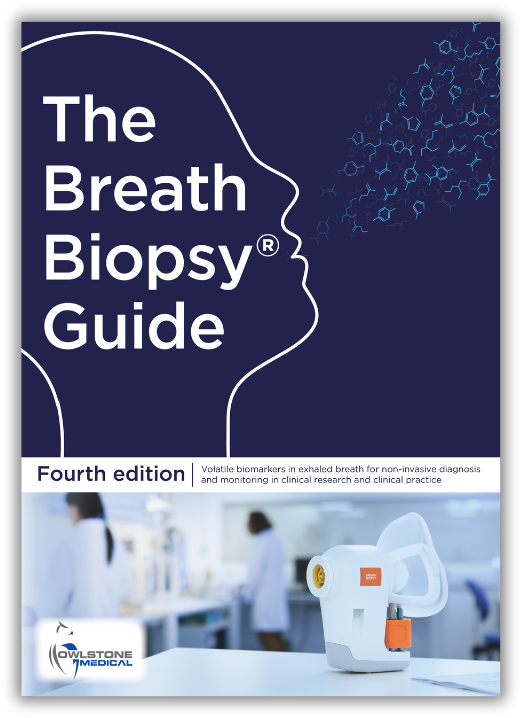Wearing a mask can help reduce risk of virus transmission
Published on: 11 May 2020
In recent months, the relationship between viral infections and breath has been thrown into the spotlight by the spread of COVID-19. As a pathogen that primarily infects the lungs and that is thought to be spread through exhaled droplets in the air, the role of breath in transmitting the infection has been of critical interest.
This is not the first time that breath analysis has been considered for the detection of respiratory viruses and a number of studies have been carried out looking at spread of viral infections from breath [1,2]. However, the recent surge in interest in this area has resulted in several new publications illustrating the role of breath in respiratory infections and the use of masks in preventing that spread.
Wearing masks reduces the viral copies in respiratory droplets on breath
In April, Leung et al. [3] reported on an investigation using exhaled respiratory droplets to detect seasonal respiratory viruses. Respiratory droplets, exhaled as breath aerosols, are a rich source of potential biomarkers containing proteins, lipids, nucleotides and even whole viruses or bacteria. The samples were collected in Hong Kong between 2013 and 2016.
While this study did not include COVID-19 (SARS-CoV-2) it did include other coronaviruses as well as influenzas (flu) and rhinoviruses (colds). Much of the study focuses on the 111 people that were shown to be infected by one or more of these viruses. Samples were collected using nasal swabs, throat swabs and as both coarse (>5μM) and fine (≤5μM) breath aerosols. For the aerosols, samples were collected with and without the use of a surgical mask.

upper whiskers). Adapted from Leung et al. 2020 [3].
The results showed that viral RNA can be detected in breath aerosols and that levels of coronavirus in both coarse and fine aerosols are reduced by wearing masks (p = 0.07 and 0.02). Influenza levels in coarse aerosols were also significantly reduced (p = 0.01). This work reveals that breath aerosols are a potential mode of transmission for seasonal respiratory viruses and that surgical masks provide an effective means to reduce viral load in breath aerosols.
We also demonstrated the efficacy of surgical masks to reduce coronavirus detection and viral copies in large respiratory droplets and in aerosols. This has important implications for control of COVID-19, suggesting that surgical face masks could be used by ill people to reduce onward transmission.
Leung et al. (2020)
To find out more about integrating breath sampling into COVID-19 research click here.
References
- Yan et al. (2018) – Measurement of seasonal influenza viral particles and RNA from breath collected during normal breathing and coughing. DOI: 10.1073/pnas.1716561115
- Milton et al. (2013) – Highest numbers of influenza particles detected in fine aerosols (<5μm) with use of surgical masks reducing the average number of detectable viruses by 3.4-fold. DOI: 10.1371/journal.ppat.1003205
- Leung et al. (2020) – Surgical face masks help to prevent spread of respiratory viruses via respiratory droplets in exhaled breath. DOI: 10.5061/dryad.w9ghx3fkt
Download the Breath Biopsy Guide to learn about breath biomarkers and their applications

